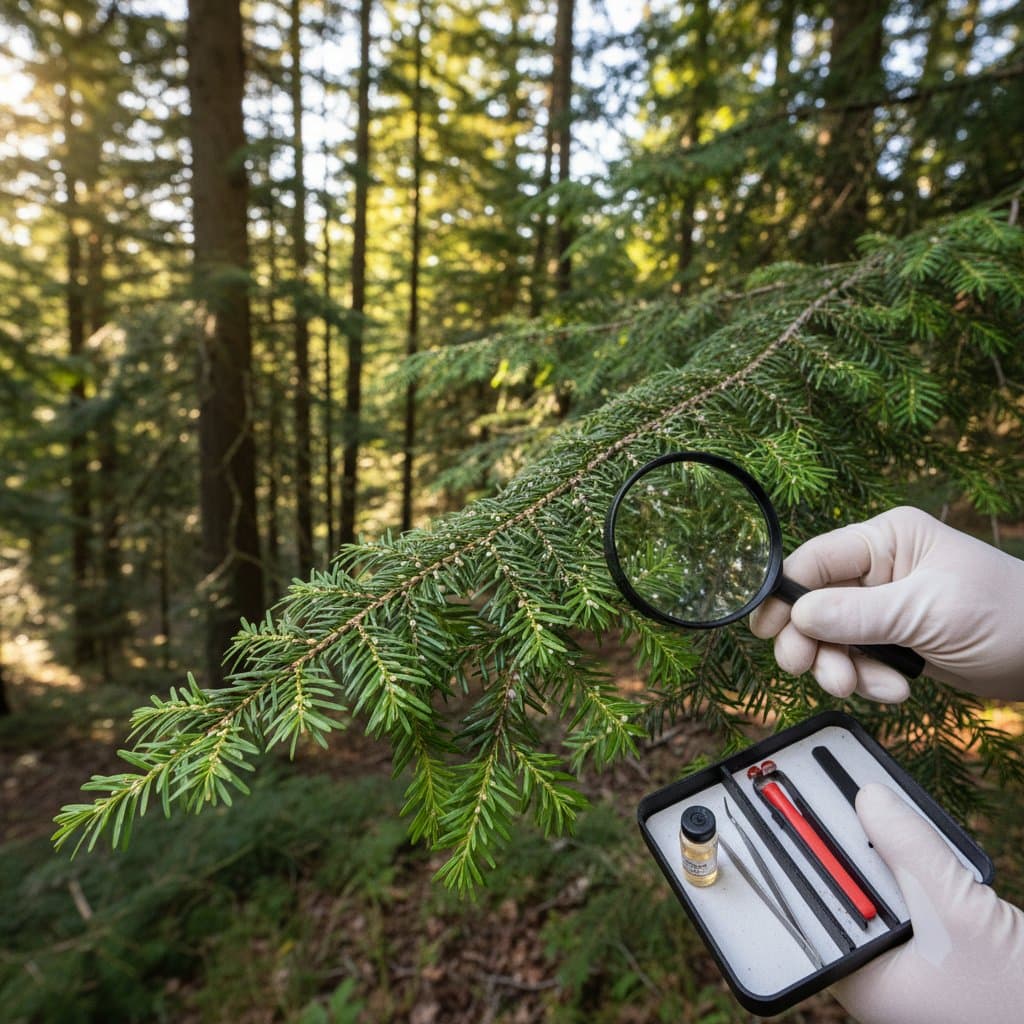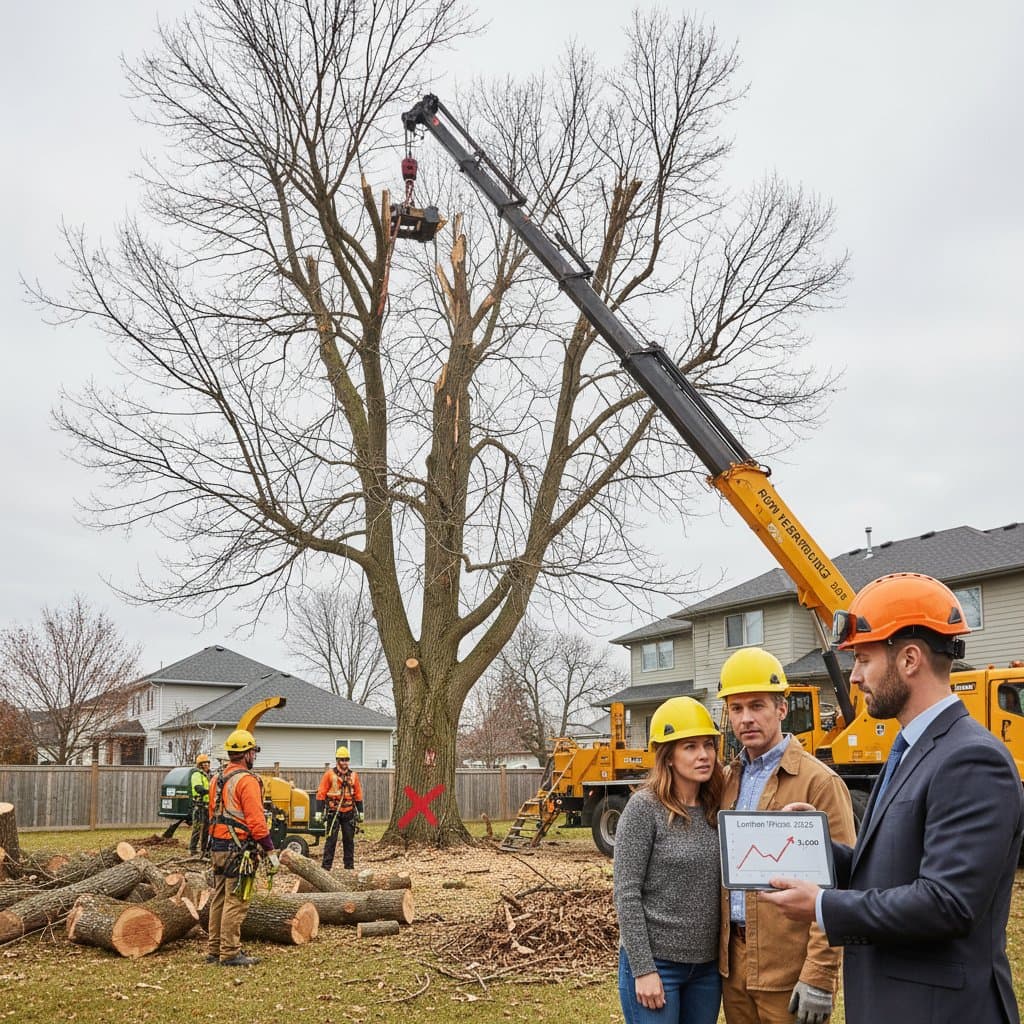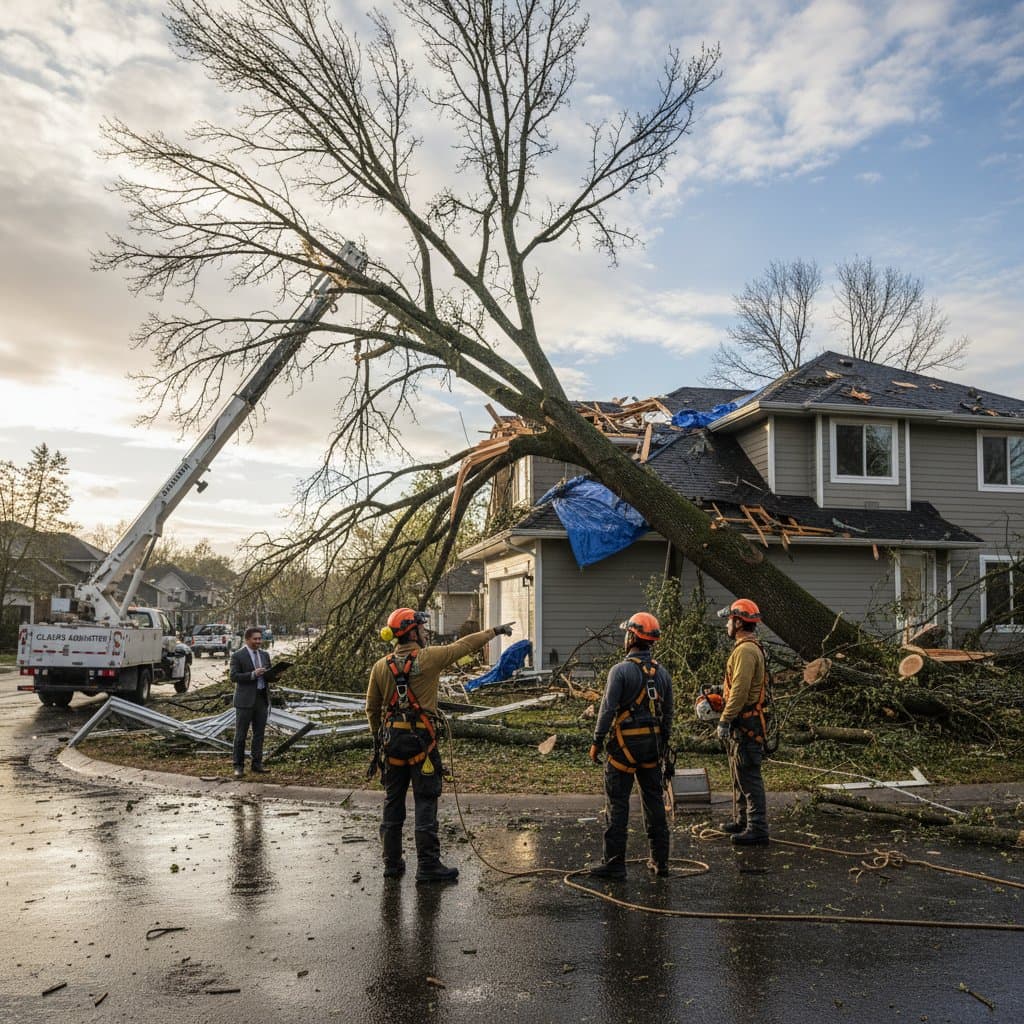
Mycorrhizal Fungi: The Natural Root Booster for Trees
Uncover the science-driven gardening solution revolutionizing tree maintenance: mycorrhizal fungi. These root allies amplify nutrient access, drought resilience, and tree vigor. Gain insights on precise application, myth-busting, and product selection for thriving, robust trees via proven soil biology.
Pollinator Gardens Boost Home Sales and Prices
Pollinator gardens elevate home value through sustainable beauty and ease of care. Native plants draw pollinators, showcase eco-responsibility, and amplify attractiveness with seasonal blooms and robust trees. Explore eco-landscaping strategies that unlock greater property potential.
Ash Tree Removal Now Costs $2,000 After Supply Crunch
Ash tree values have soared threefold due to the 2025 supply shortage, affecting homeowners, builders, and wood industries. This resource covers escalating removal fees, pricing drivers, and effective cost-saving measures. Discover the surge's origins, optimal timing for action, and how expert arborists safeguard properties and wallets.
Stump Grinding Adds 18% to Property Value in 2025
Professional stump grinding removes unsightly remnants and can elevate property value by up to 18% in 2025. This comprehensive guide covers costs, step-by-step processes, and expert advice for selecting services that enhance safety, landscaping, and long-term homeowner returns.
Tech Detects Root Rot Before Trees Show Symptoms
2025 advancements in tree care technology detect root rot underground before symptoms surface. This overview covers detection methods, pricing, professional services, and prevention strategies to secure your trees and landscape value.
States Require Permeable Hardscaping for Water Protection
Eight states mandate permeable hardscaping to address flooding, safeguard water quality, and align with federal stormwater regulations. These innovative surfaces permit rainwater to infiltrate the soil, minimizing runoff and pollution. Homeowners gain compliance assurance, reduced upkeep expenses, and opportunities for incentives, fostering more sustainable and resilient communities across the nation.
Root Barriers Stop Sidewalk Lawsuits Before They Start
Root barriers provide a durable fix for tree root damage to sidewalks. They redirect growth to safeguard infrastructure, cut liability, and nurture tree vitality. Professional setup averts high costs and legal issues, ideal for sustainable urban and residential landscapes.
6 States Battle Hemlock Woolly Adelgid Outbreak
Six eastern states grapple with hemlock woolly adelgid invasions threatening forests and yards. This resource covers pest detection, treatment comparisons, cost breakdowns, and spray application tips to rescue hemlocks and maintain landscape integrity.
More Articles
Storm Tree Claims Jump 65% Under New Insurance Rules
Storm tree claims have risen 65% with new insurance guidelines altering damage assessments. This resource covers removal pricing, influencing factors, and practical steps for claims, DIY options, and property safeguards ahead of storms.
Hemlock Woolly Adelgid Treatment Costs Explained
The hemlock woolly adelgid poses a serious threat to Midwest hemlock trees, spreading rapidly and causing severe damage. This guide covers identification signs like white woolly clusters, effective treatment methods, and cost breakdowns to help you choose between DIY approaches and professional services. Prompt action through early detection can prevent permanent harm to your landscape.
Oak Wilt Injection Treatment Saves Trees Fast
Certified arborists use precise trunk injections to arrest oak wilt progression, safeguarding trees and landscapes from rapid decline. Early detection combined with professional application offers multi-season protection, underscoring the value of timely intervention in maintaining vibrant oak populations.
Why 200+ Cities Are Replacing Lawns with Pollinator Paths
More than 200 cities lead the charge in replacing lawns with pollinator paths—networks of native plants that nourish bees, butterflies, and ecosystems. These sustainable designs lower water bills, ease yard care, and unite communities in environmental stewardship. Learn how to transform your space into a pollinator haven that supports wildlife and enhances local beauty.
Tree Claims Jump 65% Under New Storm Coverage Rules
A 65% increase in tree-related insurance claims follows new storm rules, challenging homeowners with coverage, costs, and liability issues. This resource analyzes rising trends, insurer approaches to damage categories, and essential actions for filing, preventing, and handling tree losses ahead of severe weather.















